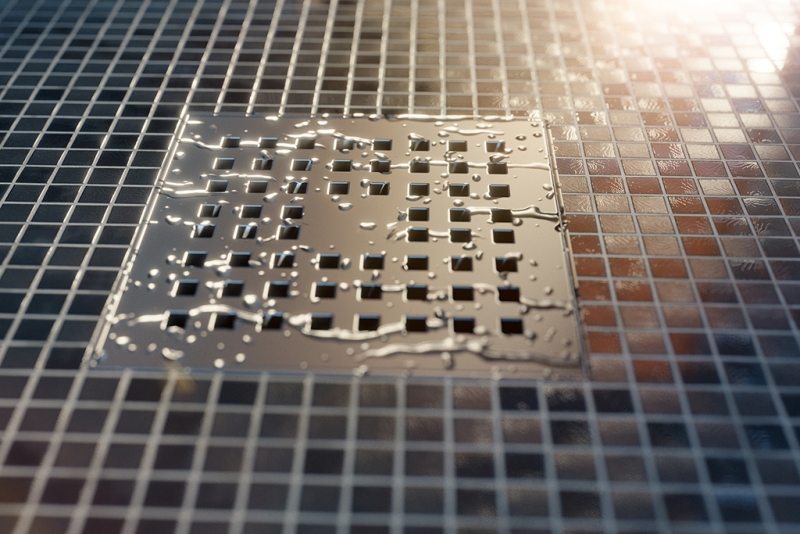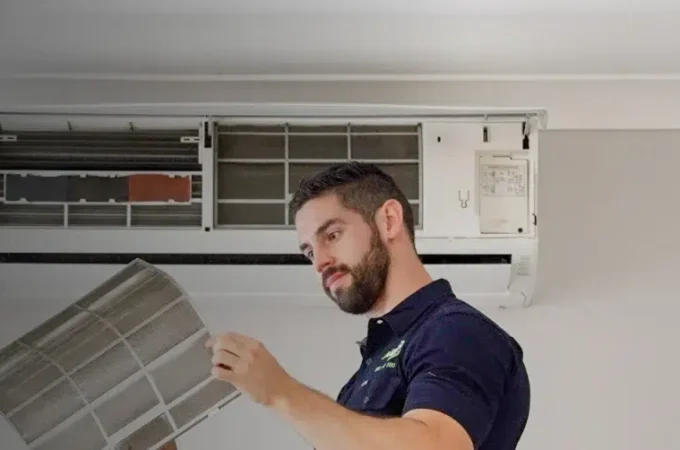
How Does a Shower Drain Works?
Keeping your bathroom and shower clean and unblocked all the time is technically impossible. However, you can avoid some serious issues just by knowing how the working of the shower drains. Understanding the wet room drains and gullies is not a complex thing; furthermore, here we will only give you a few details which are necessary for every layman to know, as it will, later on, help them while building or renovating their bathrooms and to keep their showers cleaner.
The drain trap

You might have known that whenever there is some issue with the shower drain or the drain system of your house, be it in the kitchen or the bathroom, the first thing you experience is the nasty sewer gases. The drain trap is one of those magical parts of a drain system necessary to keep the sewer gases at bay. No one wants to have a smelly shower at all.
The drain trap is a basin-like area; in the sink, it would be the C-shaped bowl-like thing, but for the shower drains, it is in S-shape. What did the drain trap do? The drain trap will hold the debris and will keep the sewer gases in the main sewerage system. It is a middle portion, separating the shower drain from the main drain.
To keep the shower drains unclogged, the drain trap will hold the hair and other debris at its bottom. This is the same area that is reachable, and you can easily pull out the debris from it.
The venting
The venting is also an important part of the drainage system. It is there to make the air pressures normal. Furthermore, it is necessary to keep the grey and sewerage water separated. These vents are made to keep the sewer gases outside the home; you might have seen that there are some empty pipes connected with the drainpipes; these are the vents that are responsible for siphoning out the sewer gases.
Drainage strainer

The drainage filter is not difficult to understand a thing. We all have seen it; it is the top cap of the drain with small holes on it or tiny slim bars over it in case of the linear drain. The drainage seal is a necessary part, as it keeps the drain clear, separating water and the potential blocking materials.
The base
For the center drain, the drain bases are sloppy from all of its sides. However, when it comes to the linear drain, you do not have to make the sides sloppy; only a single slope from the side of the shower is enough to make the water slide down the drain.
Seal of the drainer
To fix the drainer in point, you need a sealing material too. It can be the white cement or the regular one; make sure that the cement and its color should be in accordance with the color and design of the tiles in your bathroom; otherwise, it will look very odd.




